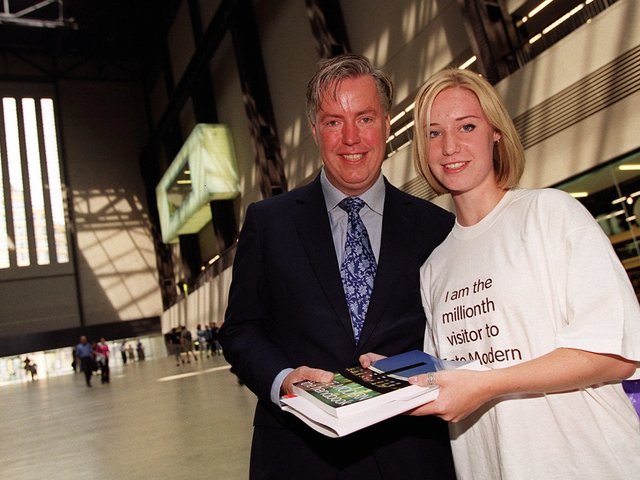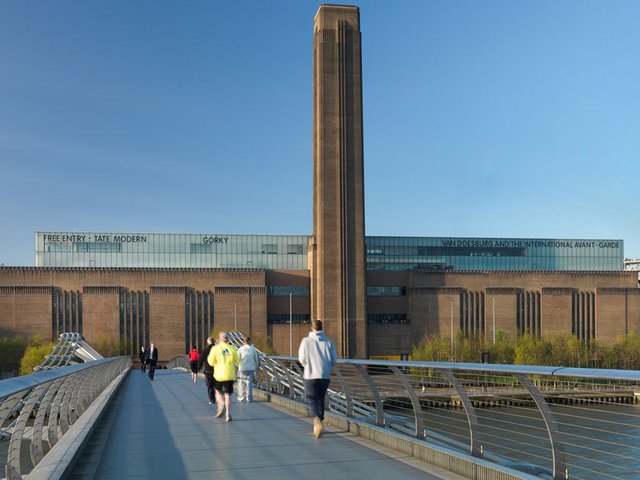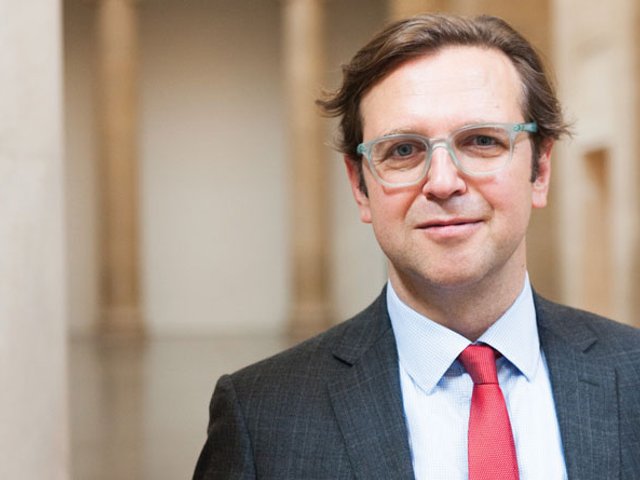Not since the building of the British Library in the 1980s and 90s has there been such a statement of confidence in Britain’s cultural future.
Fifty million pounds is a substantial sum, but it represents only about a quarter of the total cost of the project, so we hope that others will follow the government’s lead, and that private donors, corporations, trusts and foundations will also recognise the confidence that the government’s commitment demonstrates.
In 2000, an investment of £137m of public and private money created Tate Modern. In seven years, it has become the most popular museum of modern and contemporary art in the world, and the second leading free tourist attraction in Britain. What makes it unique among museums is that 50% of its visitors are under 35 years old.
But in spite of this success, much of the real potential of Tate Modern has yet to be realised. Amazingly, a whole third of the original power station remains derelict and is crying out to be brought into use. The gallery was originally designed for 1.8m visitors a year. With present audiences at nearly five million, that means there can at times be serious overcrowding, particularly at weekends, and there is an urgent need to improve and extend all our facilities.
We need more room for people, but more importantly, we need new and different spaces for art. Visual culture is constantly changing, as artists seek new forms of expression and develop new visual technologies. We need different kinds of galleries to show art forms new to Tate, based on photography, video, film and performance, as well as additional space to show some larger exhibitions in their entirety. We also need larger spaces to meet the requirements of our growing number of large-scale works and installations. With additional space, more of Tate’s collection can go on view and key paintings, sculptures and installations can be brought out of storage and displayed on a more permanent basis.
The new development, by Swiss architects Herzog & de Meuron who revealed the potential of a derelict power station in the first place, will increase Tate Modern’s size by 60%, adding approximately 21,000 sq. m of new space. We have many ideas for using it in new and exciting ways that will keep London at the centre of international critical attention.
The opening of Tate Modern celebrated the achievements of artists working in the 20th century. This new building provides a platform from which we will be able to serve artists and audiences in the 21st.
Nicholas Serota is the director of Tate
Originally appeared in the Art Newspaper as 'A museum for the 21st century'




